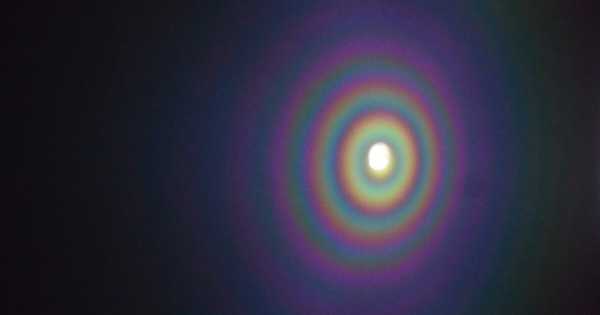An optoelectric nuclear battery (also known as a radiophotovoltaic device) is a type of nuclear battery that converts nuclear energy into light, which is then used to generate electricity. This is accomplished by allowing the radioactive isotopes’ ionizing radiation to strike a luminescent material (scintillator or phosphor), which emits photons that generate electricity when they strike a photovoltaic cell.
The technology was created by Kurchatov Institute researchers in Moscow.
It’s worth noting that any practical implementation of such a concept would face significant engineering challenges, safety concerns, and regulatory hurdles due to the use of nuclear materials. Furthermore, before such a system could be considered a viable technology, its efficiency and practicability would need to be thoroughly researched and demonstrated. As technology advances, new ideas and concepts emerge, so innovative approaches combining optoelectronics and nuclear energy may be investigated in the future.
Description
A “dust plasma” is formed when a beta emitter, such as technetium-99 or strontium-90, is suspended in a gas or liquid containing luminescent gas molecules of the excimer type. This allows for nearly lossless beta electron emission from the emitting dust particles. The electrons then excite the gases, whose excimer line is chosen for the conversion of radioactivity into a surrounding photovoltaic layer, allowing the realization of a theoretical lightweight, low-pressure, high-efficiency battery.
These nuclides are radioactive waste from nuclear power reactors that are relatively inexpensive. The diameter of the dust particles is so small (a few micrometers) that the electrons from beta decay almost completely escape the dust particles. The surrounding weakly ionized plasma is made up of gases or gas mixtures (such as krypton, argon, and xenon) with excimer lines, which convert a significant amount of the energy of the beta electrons into light. The surrounding walls are made up of photovoltaic layers with large forbidden zones, such as diamond, that convert the optical energy generated by the radiation into electrical energy.
In such a theoretical system, the radioactive decay would provide the energy source, while the optoelectronic component would help convert the emitted radiation into usable electrical energy. This hypothetical device would require advanced materials, precise engineering, and safety measures to handle the radioactive decay and efficiently convert the emitted energy into electricity.
















